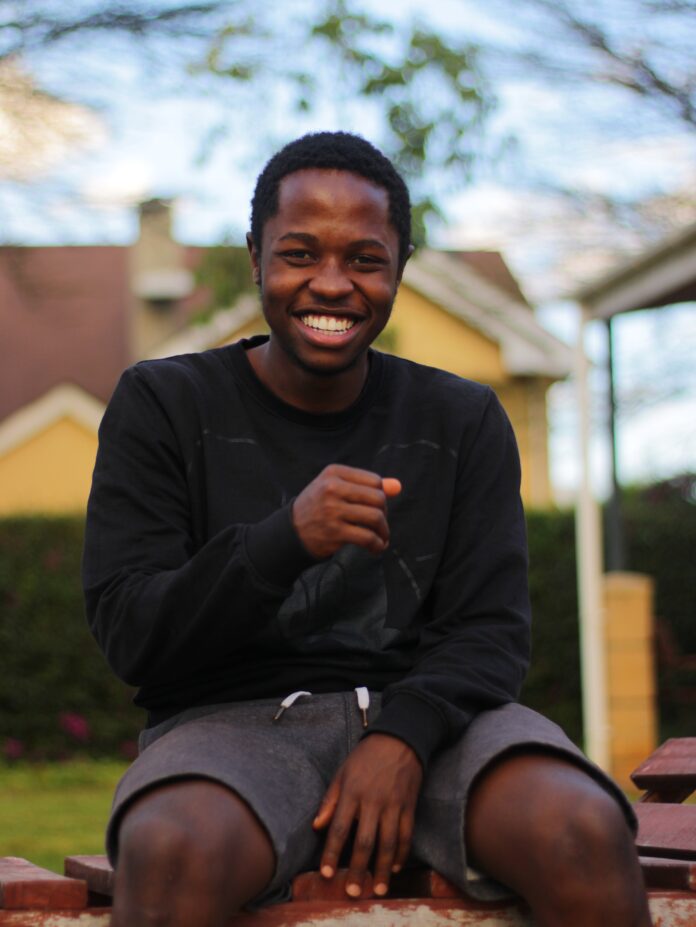
Late afternoon sears with triple-digit heat. Concrete and asphalt radiate the sun’s warmth, intensifying the already stifling temperature. Shade is absent, and air conditioning is often an unattainable luxury. This isn’t a dystopian future; it’s today’s reality for numerous Black Americans.
On any given summer day, millions of Americans endure heat warnings or advisories. Urban areas, home to about 81% of the American population, bear the brunt of this surge in temperatures.
And things are about to get worse. On May 17, the World Meteorological Organization said, based on data projections, “There is a 98% likelihood that at least one of the next five years, and the five-year period as a whole, will be the warmest on record.”
WMO Secretary-General Prof. Petteri Taalas said in a statement that “This will have far-reaching repercussions for health, food security, water management and the environment. We need to be prepared.”
Why Will This Affect Black People More?
City planners frequently replace green spaces with heat-absorbing materials, creating so-called urban heat islands. In a country where last year ranked as the sixth hottest since 1880, Black communities are particularly vulnerable to heat-related illnesses or fatalities.
According to a 2021 study published in Nature, Black people in 175 cities are disproportionately exposed to these searing environments. Alarmingly, the National Weather Service declares exposure to heat as a more lethal risk than floods or hurricanes. It’s no wonder the Nature study also found that Black people are more likely to die from heat than any other group.
In addition, the Environmental Protection Agency looked at several studies that found that low-income people and people of color are more likely to experience extreme heat. And, from 2004-2018, Black people had the second highest number of heat-related deaths after Native Americans.
There’s more: A 2022 forecast predicts an extreme heat belt sweeping across the United States, impacting 107 million Americans by 2053, according to a report from The First Foundation.
“We need to be prepared for the inevitable, that a quarter of the country will soon fall inside the Extreme Heat Belt with temperatures exceeding 125°F and the results will be dire,” warned Matthew Eby, founder of The First Street Foundation.
And he is right— an extreme heat belt would come with serious consequences for people, animals, and plants. Black people will be one of the groups hit hardest by higher temperatures.
What Can We Do?
Joining the fight against climate change is just one way to support Black people. We need allyship more than ever, especially since the climate crisis and extreme heat deeply impact our communities.
We can also pressure our elected officials to take action. As Dwayne R. Norris, the COO and co-founder of Soulful Synergy and director of outreach & recruitment at Clean Energy Academy, wrote for Word In Black last year when New York City was boiling, our leaders need to hear our voices.
“Our leaders must heed the clarion call to confront the climate crisis. All they need to see are the images of flash fires in the city and on the faces of people leaving their apartments for cooling centers or losing their homes to flames as the country burns. Take the heat off the people,” Norris wrote.
“From the White House to the halls of Congress, it’s time to act promptly with profound courage and implement just climate policies — there isn’t a second to waste.”


